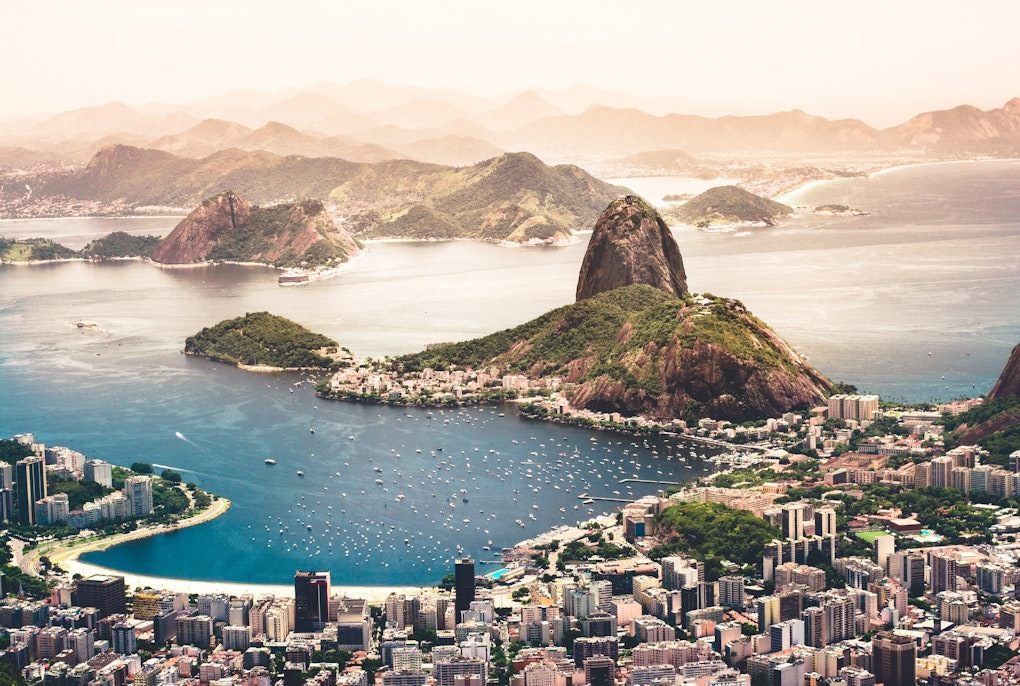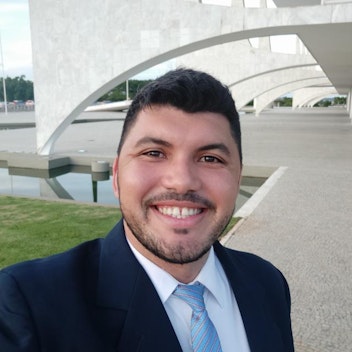
Transnational experiences and solidarity: inclusion vs. inequality



Many Indigenous Peoples are on the move, with cities representing a primary destination. This may be due to territorial displacement, degradation, conflict or exploitation or to other socio-economic and environmental factors. Internal and transnational migration and mobility trends are particularly evident in the case of Latin America. But also in Europe, Indigenous transnational migrants from Latin America make up salient share of the migrant population. This has led to an increasing number of “urbanized Indigenous migrants” as they have been framed by Tomaselli in this Eurac’ project.
Ilaria Signori interviews Philipp Horn (University of Sheffield), Claire Wright (Queen’s University Belfast) and Alexandra Tomaselli (Eurac Research). In the interview we explore how Indigenous peoples cope with their identity, languages and cultures. We examine their socioeconomic participation in the urban context, how Indigenous migrants participate politically in their new contexts within the overall frame of their participation and consultation rights and finally, how Indigenous migrants cope with their new situation once settled.
Indigenous peoples, once settled in cities, often stop using the Indigenous language, and their Indigenous culture risks becoming invisible. How do Indigenous peoples reconcile these overlapping identities?
Horn: I think we need to look at this in a more nuanced way. Indigenous identities, languages and cultural practice are fluid, relational and constantly changing. Moves from the countryside to the city, or vice versa, of course induce some cultural changes, as Indigenous peoples are exposed to other ways of being and doing. This does not mean, however, that Indigenous identities are completely disappearing or even becoming invisible. For most urbanized Indigenous peoples, urban and Indigenous worlds co-exist without ever fully mixing, leading instead into a changed way of being; something Bolivian sociologist Silvia Rivera Cusicanqui refers to as ch’ixi culture. A good example of ch’ixi culture is Aymara rap music showcased by performers such as Eber Miranda who incorporate Indigenous languages, cultures and political struggles into a musical genre conventionally associated with Black urban street culture. In my current project on urban Indigenous youth, I will be looking into some of these cultural practices in further detail. But cultural change does not just occur in urban settings. Anthropologist Jonathan Alderman, for example, argues in a recent article that the mobility between city and rural community can also lead to an “urbanisation of the countryside”, visible for example in the emergence of new house building practices, a rising influence of Evangelical religion, and changes in rural practices and relationships to the land.
Wright: In addition, while the urbanization of Indigenous peoples obviously creates challenges for the preservation of Indigenous culture, links to Indigenous territories and places of origin are vibrant, with some migrants returning to their municipalities of origin to exercise political roles. Migration to the urban context also offers the opportunity to strengthen new identities and agendas with the creation of civil society organizations. Such is the case for example of Redmin A.C. in Monterrey, Mexico, which was founded and is run by young women from Indigenous migrant backgrounds to protect the rights of Indigenous women living in the city.
Does the urbanization of Indigenous peoples lead to an improvement of their socio-economic condition?
Horn: The simple answer to this question is that, as for every population group, socio-economic conditions may vary from person to person. In general, though, existing research suggests that urbanized Indigenous peoples often confront problems such as racism, discrimination, unemployment, and missing basic services. There now exists a rich repertoire of ethnographies on cities in Bolivia, Chile, Ecuador, and Mexico which highlight the often precarious living and working conditions of Indigenous peoples who mainly reside in popular neighbourhoods such as those characterized by a lack of basic services and infrastructure and who work in the informal sector as market vendors, food carriers, artisans, builders, or domestic workers. A smaller number of Indigenous peoples, however, have managed to make a decent income and entered the urban middle and upper classes. This is particularly evident for the emerging Aymara bourgeoisie in the Bolivian cities of La Paz and El Alto. In the meantime, though, the majority of Latin America’s urbanized Indigenous population often earn just enough to provide for their basic needs and remain trapped in a situation of poverty.
Can and do urbanized Indigenous peoples play a role in urban expansion, rural-to-urban land conversions, or infrastructure projects that affect Indigenous territories, e.g., through consultation mechanisms or pressure groups?
Horn: Indigenous peoples certainly play a role in these processes. Their position towards and engagement in rural-to-urban land conversion, however, varies from context to context and arguably from person to person. Writing on metropolitan Quito, Jeremy Rayner highlights how Kichwa residents belonging to comunas (communes) situated at the city’s peri-urban fringe, struggle for the preservation of their territory through communal government practices and opposing municipal interferences. In contrast, my own research in peri-urban La Paz summarized in my book “Indigenous Rights to the City” and in a recent article, points towards a different trend. Instead of resisting land conversions within their territories, I show how some Indigenous residents actively facilitate and seek to profit from such processes. This is particularly the case for Indigenous leaders, who chair neighbourhood associations or peasant movements and who use their influential role to facilitate rural-to-urban land conversions through a plot-by-plot development strategy. In other words, they may subdivide parts of the land within an Indigenous community and sell it on for urban development to construction or municipal authorities while selectively holding on to certain plots as a value reserve, often with the aim to generate larger profits from future land conversions.
Has the de-centralization of decision-making powers in a variety of policy areas created new opportunities for Indigenous participation or hindered it?
Tomaselli: Across the world, Indigenous peoples have experienced different ways with which to exercise their decision-making powers, from reserved seats in Parliament such as in Bolivia and Colombia, to Indigenous forms of territorial self-governments like those in the Chittagong Hill Tracts in Bangladesh and the five Indigenous Comarcas of the Gunayala in Panama and to non-territorial self-government or autonomy as in Sami Parliaments in Finland and other Nordic countries as well as to processes of consultations not recognised in the ILO Convention No.169 Concerning Indigenous and Tribal Peoples in Independent Countries of 1989, which has been ratified by several Latin American countries, but also in the constitutions or legislations of, e.g., Bolivia, Ecuador, Chile, Panama and Paraguay. Despite all these different ways of guaranteeing Indigenous people to have a due say over the matters most likely to affect them, in our research on Latin America we have observed a general lack of application and implementation, which have eventually tended to hinder Indigenous participation within the state structure. However, on the other hand, we have also observed how Indigenous peoples have resorted to other forms of de facto participation such as manifestations and protests that have led to substantial institutional or legislative changes like in Bolivia and Ecuador and, more recently, to the capacity of Indigenous peoples to elaborate their own consultation protocols to negotiate with states or enterprises and see their free, prior and informed consent duly respected.
Wright: About Indigenous migrants, in a federal system such as Mexico, there is evidence that decentralized decision-making can open up opportunities for Indigenous participation, but at the same time it has also led to a lack of a national-level policy or legal framework for Indigenous rights. On the one hand, the fact that there are opportunities for decision-making at municipal level particularly, offers the chance for Indigenous migrants who move to a particular area to articulate demands and become involved in dialogues with local governments. Likewise, there is also the opportunity for Indigenous migrants to stand for election to State congresses with the aim of representing the migrant Indigenous community, as was the case with Galileo Hernandez Reyes in Nuevo Leon in 2021. However, the constitutional reform of 2001 passed the responsibility of legislating on Indigenous rights to State congresses, meaning that there is also a high degree of variation, and therefore inequality, regarding the legal protection of Indigenous rights to participation and consultation within the same country due to its highly decentralized make-up, as Lopez Barcenas has pointed out in several of his works.
What about Indigenous persons who migrate transnationally? Do they cope quite differently with the new situation? Are there differences between the US and Europe? In particular, Dr. Wright highlighted the fact that Indigenous migrants in the USA have been able to create new networks and participate in consultations, especially in Los Angeles.
Wright: While we often read news about the migration of citizens from Central America to the United States and the perils they face particularly at the Mexico-U.S. border, there is a long and vibrant history of migration from Mexico to the United States, including a considerable number of Indigenous migrants from the Mexican State of Oaxaca to the US State of California. These migrants have established significant bi-national networks, some of which have helped overcome practical obstacles in the migratory process and others that advocate for Indigenous rights and welfare both sides of the border. Such is the significance of the Indigenous diaspora, for example, that the Mexican government recently organised a forum for the consultation process over constitutional reform for Indigenous migrants in Los Angeles.
Tomaselli: The main difference between the European and the American contexts probably relates to the fact that Indigenous mobility towards Europe not only tends to be mixed up with both the migration from the Latin American subcontinent and from the single country, but it also implies a transnational mobility across continents. However, this should be further investigated. Some of the best practices that may be observed in Europe relate to those Indigenous transnational migrants, e.g., the many Kichwa, but also Shuar, that have moved to Europe from Ecuador and have settled down in the southern part of Spain especially. As empirically evidenced by Zúñiga, and probably as a reaction to their ghettoization, they have been able to create networks to sustain the ongoing migration of other Indigenous individuals from their communities and have self-organized to maintain their cultural activities while also trying to exercise their participation and representation rights at local level. However, Indigenous migration to Europe has so far been poorly tackled and is one of the dimensions that the Eurac Institute for Minority Rights’ project “Urbanized Indigenous Migrants and (new) Religious Minorities: Rights and Resilience” aspires to unveil.
The interview is based on the webinar “Indigenous Urbanization and Mobility: identity, resilience and rights” - the launching event of the Eurac Migrations & Diversities Research Group Webinar Series: “Diversity Matters: An interdisciplinary webinar series”, held on 22 September 2021. The full webinar can be watched here.
Dr. Philipp Horn is a Lecturer in the Department of Urban Studies and Planning at the University of Sheffield (UK). His research centres around topics of urban indigeneity, territorial conflict, and participatory planning with a focus on Latin America. He is author of the book Indigenous Rights to the City: Ethnicity and Urban Planning in Bolivia and Ecuador (Routledge) and currently leads an ESRC New Investigator project entitled "Indigenous development alternatives: An urban youth perspective from Bolivia".
Dr. Claire Wright is Research Fellow at the School of Law, Queen’s University Belfast (UK), where she is working on a project to analyse the relevance of colonial legacies for present day peacebuilding processes. Prior to taking up her post at Queen's, Claire worked as a lecturer in Mexico for seven years, first at Universidad Autonoma de Nuevo León and then at Universidad de Monterrey. Claire’s research focuses on the political participation of indigenous peoples and emergency powers in Latin America. With Alexandra Tomaselli, she is the co-editor of The Prior Consultation of Indigenous Peoples. Inside the Implementation Gap, published by Routledge in 2019.
Dr. Alexandra Tomaselli is a Senior Researcher at the Institute for Minority Rights of Eurac Research, Bolzano-Bozen (Italy). Her research foci include human and indigenous peoples’ rights, linguistic and national minorities, stateless nations, and, more recently, intersectionality, gender and SDGs in Europe and Latin America. Among her recent publications: Challenges to indigenous political and socio-economic participation. Natural Resources, Gender, Education and Intellectual Property (Eurac open access e-book, 2017), and the co-edited collection (with Claire Wright) The Prior Consultation of Indigenous Peoples in Latin America: Inside the Implementation Gap (Routledge, 2019).
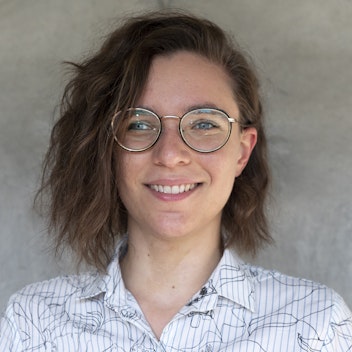
This content is licensed under a Creative Commons Attribution 4.0 International license.



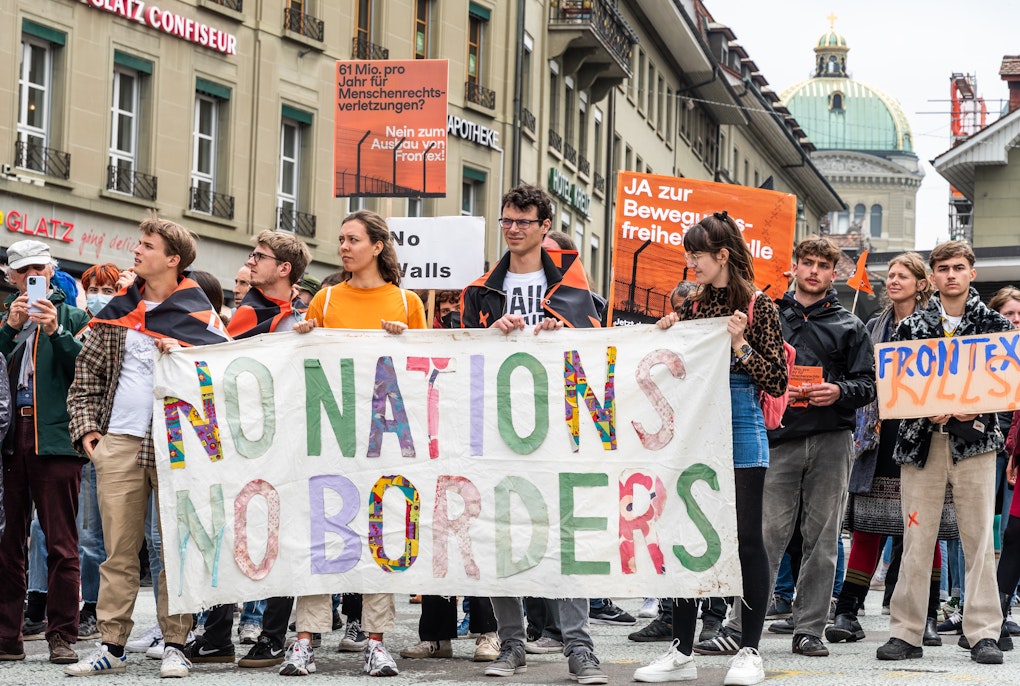
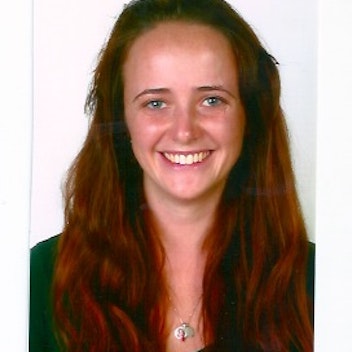 Leah Simmons Wood
Leah Simmons Wood